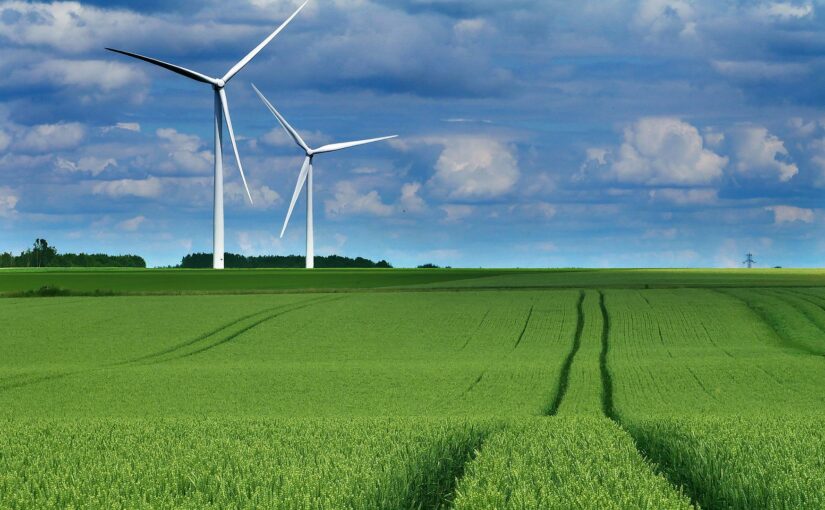As the world continues to heat up, the effects of climate change are becoming more and more evident. One of the most noticeable changes is the increased frequency and severity of natural disasters, as well as rising sea levels, which are threatening coastal communities and ecosystems. It’s clear that we need to take action to reduce the harmful effects of climate change, and do everything we can to protect our planet for future generations – but how can we do it?
One way to make a difference is to consider where our energy is coming from. There are many ways to generate electricity, but some are better for the planet than others. In general, green energy sources are renewable, produce little or no emissions, and have a smaller ecological footprint than their fossil fuel counterparts.
Here, we take a look at three green energy sources and explore why they’re crucial to saving the planet.
Solar
Solar power comes from the sun, and is captured using photovoltaic cells or solar thermal collectors. It is a clean energy source that can be used to generate electricity or heat, and is good for the planet because it doesn’t produce any emissions or pollutants during generation. Solar power is renewable, meaning it will never run out.
In addition, solar power is an efficient way to generate energy, and it can be used to meet a wide range of needs including powering homes, businesses, and even cars. It’s a great way to save money on your energy bill, and it can help to reduce your carbon footprint.
Wind
Unlike fossil fuels, which release harmful emissions into the atmosphere, wind power is a clean and sustainable source of energy. In addition, wind power is one of the most efficient forms of renewable energy. On average, a modern wind turbine produces electricity around 70-85% of the time. This means that wind power can meet a significant percentage of global energy demand.
In addition, wind power is one of the most cost-effective forms of renewable energy. The initial cost of setting up a wind farm may be high, but the price of wind energy is very stable, making it a reliable option for powering homes and businesses. As the world looks for ways to reduce its reliance on fossil fuels, wind power will become an increasingly important part of the global energy mix.
Hydroelectricity
Hydroelectricity is a type of renewable energy that is generated by water. The movement of water creates kinetic energy, which is then converted into electricity. It’s renewable, clean and efficient.
Hydroelectric power plants can be built in a variety of locations, making it a versatile source of renewable energy. They are usually built near dams, using the water from the dam to rotate turbines that generate electricity. This makes it a very reliable source of energy, as dams can store large amounts of water to generate electricity even during times of drought. In addition, hydroelectric dams can help to control flooding. Given all these advantages, it is no wonder that hydroelectricity is one of the fastest-growing sources of renewable energy in the world.
Author: Hubert Day
